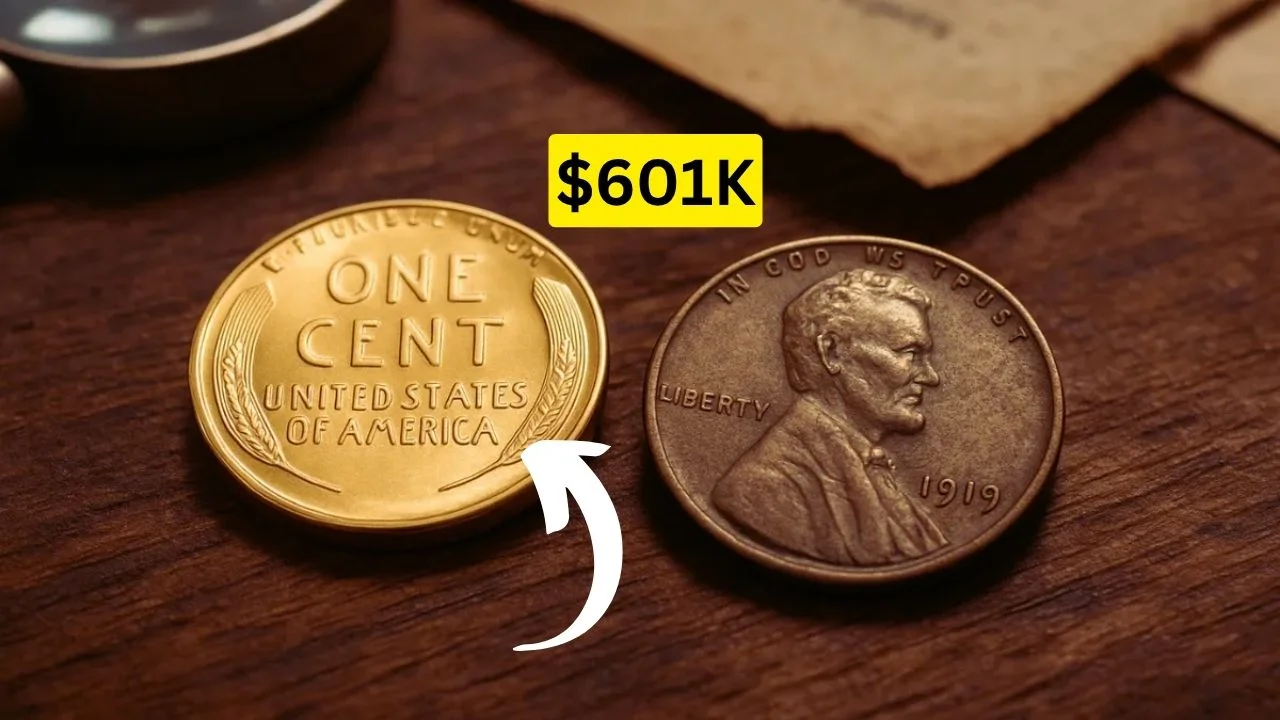Imagine rummaging through your loose change and spotting a dusty old nickel that could fund your dream vacation—or even a house down payment. That’s the thrill of the rare Buffalo Nickel, a coin still lurking in pockets and piggy banks today. In this post, we’ll dive into its fascinating story, why one variant fetched $601,000 at auction, and how you might spot a treasure in your own collection. Stick around; you might just become a numismatic enthusiast!
What Is the Buffalo Nickel?
The Buffalo Nickel, also known as the Indian Head Nickel, is a classic five-cent piece that captures America’s Wild West spirit. Minted from 1913 to 1938, it features a Native American profile on one side and a majestic bison on the other. Designed by sculptor James Earle Fraser, this rare coin stands out for its artistic detail and historical charm.
Key Design Features
Fraser drew inspiration from real-life models. The obverse shows a composite Native American chief, while the reverse depicts Black Diamond, a bison from the Bronx Zoo. Early versions had issues with quick wear, leading to design tweaks in 1913.
The History and Origin of the Buffalo Nickel
The Buffalo Nickel emerged during a push to beautify U.S. coinage. President Theodore Roosevelt wanted coins that reflected American heritage, so Fraser’s design won out. Production started in 1913, but the raised mound under the bison caused fast erosion, prompting a recessed version that same year.
Over 25 years, mints in Philadelphia, Denver, and San Francisco produced billions. Yet, minting errors and low production in certain years created rarities that excite the numismatic world today. Wars and economic shifts influenced output, making some dates scarcer.
Why the Rare Buffalo Nickel Is So Valuable Today
In a world of digital money, rare coins like the Buffalo Nickel hold timeless appeal. Their value stems from scarcity, condition, and collector demand. For instance, the 1916 Doubled Die Obverse variant sold for $601,000 in a 2023 auction due to a striking mint error where design elements appear doubled. This rarity, combined with historical significance, drives prices sky-high.
Factors Boosting Value
Rarity from errors, like overdates or missing details, makes them prized. High-grade examples in mint state fetch premiums, as most circulated coins show wear.
How to Engage With and Benefit From Collecting Rare Coins
Diving into numismatics can be rewarding and fun. Start by checking your change for Buffalo Nickels—some are still in circulation! Join online forums or local coin clubs to learn and trade. Collecting rare coins not only builds a valuable portfolio but also connects you to history.
Benefits for Hobbyists
It sharpens research skills and could yield financial gains. Many enthusiasts turn hobbies into side hustles by selling finds at shows or online.
Notable Facts and Auction Records
Did you know only about 1.2 million 1916 Buffalo Nickels were minted, making them scarce? The bison model, Black Diamond, was a zoo celebrity. Some collectors fake errors, but pros spot them easily.
Top Auction Sales Table
| Coin Variant | Auction Price | Year Sold | Key Feature |
|---|---|---|---|
| 1916 Doubled Die Obverse | $601,000 | 2023 | Doubled design elements |
| 1918/7-D Overdate | $350,750 | 2021 | Date overstamp error |
| 1937-D Three-Legged | $99,875 | Recent | Missing bison leg |
| 1926-S | $250,000+ | Varies | Low mintage |
Value by Condition Table
| Condition Grade | Average Value (Common) | Average Value (Rare Variants) |
|---|---|---|
| Good (G-4) | $1–$5 | $500–$5,000 |
| Fine (F-12) | $5–$10 | $1,000–$10,000 |
| Extremely Fine (EF-40) | $20–$50 | $5,000–$50,000 |
| Mint State (MS-65+) | $100–$500 | $100,000+ |
Expert Tips for Numismatic Hobbyists
Focus on key dates like 1916, 1918, and 1937. Use a magnifying loupe to spot errors. Get coins graded by PCGS or NGC for authenticity. Store in acid-free holders to preserve value. Join the American Numismatic Association for resources and events.
Avoid common pitfalls like buying unverified coins—fakes abound. Start small, learn grading, and enjoy the hunt!
Frequently Asked Questions (FAQs)
What makes a Buffalo Nickel rare?
Errors like doubled dies or overdates, plus low mintage years, boost rarity.
Is the $601K Buffalo Nickel still findable?
Yes, rare coins circulate, so check your nickels!
How do I value my Buffalo Nickel?
Consult guides, apps, or pros. Condition is key.
Are all Buffalo Nickels valuable?
No, most are worth face value, but errors shine.
Where can I sell rare coins?
Auctions, dealers, or sites like eBay with authentication.
Conclusion
The Buffalo Nickel isn’t just pocket change—it’s a portal to America’s past, with rarities like the $601K 1916 Doubled Die proving treasures hide in plain sight. Whether you’re a newbie or seasoned collector, start hunting today. Share your finds in the comments, explore more rare coins, or join a numismatic group. Who knows? Your next nickel could be a game-changer!

